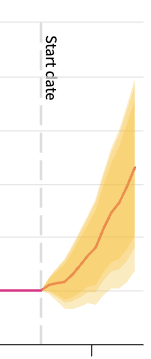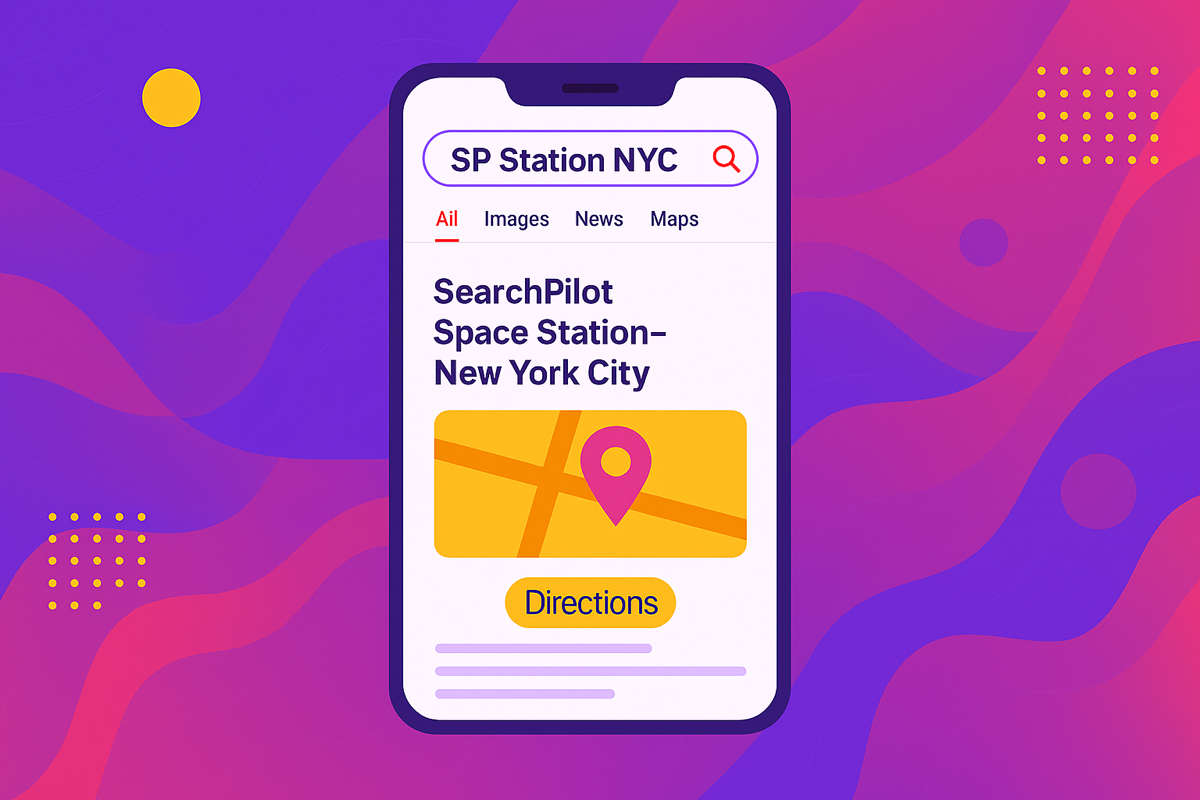Start here: how our SEO split tests work
If you aren't familiar with the fundamentals of how we run controlled SEO experiments that form the basis of all our case studies, then you might find it useful to start by reading the explanation at the end of this article before digesting the details of the case study below. If you'd like to get a new case study by email every two weeks, just enter your email address here.
In this week’s #SPQuiz (LinkedIn / X), we revisited a classic on-page SEO debate: how much does heading structure really matter to search engines? Specifically, we asked what kind of impact you’d expect if the first <h2> was changed to an <h1> – knowing that the pages previously did not contain an h1 element.
Poll Results
Most of our poll respondents believed this test would result in either an inconclusive or positive result. No one thought that updating the heading structure would negatively impact their organic traffic.
The Case Study
A travel industry customer of ours decided to test changing an H2 on the page to an H1, as they previously did not have one. The first time around, we only tested the change on a small subset of pages and found inconclusive results. Traffic didn’t seem to be impacted at all in the experiment, but we had reason to believe there just wasn’t enough traffic for a clear analysis. This time around, we tested applying the heading tag update across all their listing pages in the template, increasing the number of pages by four times to see if the broader data set would produce clearer insights.
The hypothesis: Updating the first heading to an <h1> would help search engines better understand the page structure, align with SEO best practices, and improve organic traffic by boosting relevance and rankings.
What was changed
The first <h2> on each page was changed to an <h1>, with styling preserved to avoid visual disruption for users.

Results

The final result of the experiment was a statistically significant positive test! The variant group saw a 4.5% increase in organic traffic which, when deployed to the entire section of pages, would result in an estimated 3,000 sessions a month.
While the absolute differences in ranking and CTR were small, the overall traffic increase indicates the heading structure change likely helped Google interpret the page content better—particularly for localized queries.
This test reinforces a key lesson in SEO: best practices sometimes pay off in subtle but meaningful ways, and scale matters. A change that appeared inconclusive in a smaller test produced a statistically significant uplift when expanded to the full site section. Even small technical tweaks can compound into big traffic gains—especially when they align with how search engines expect to parse your content.
To receive more insights from our testing, sign up for our case study mailing list, and please feel free to get in touch if you want to learn more about this test or our split testing platform more generally.
How our SEO split tests work
The most important thing to know is that our case studies are based on controlled experiments with control and variant pages:
- By detecting changes in performance of the variant pages compared to the control, we know that the measured effect was not caused by seasonality, sitewide changes, Google algorithm updates, competitor changes, or any other external impact.
- The statistical analysis compares the actual outcome to a forecast, and comes with a confidence interval so we know how certain we are the effect is real.
- We measure the impact on organic traffic in order to capture changes to rankings and/or changes to clickthrough rate (more here).
Read more about how SEO testing works or get a demo of the SearchPilot platform.




